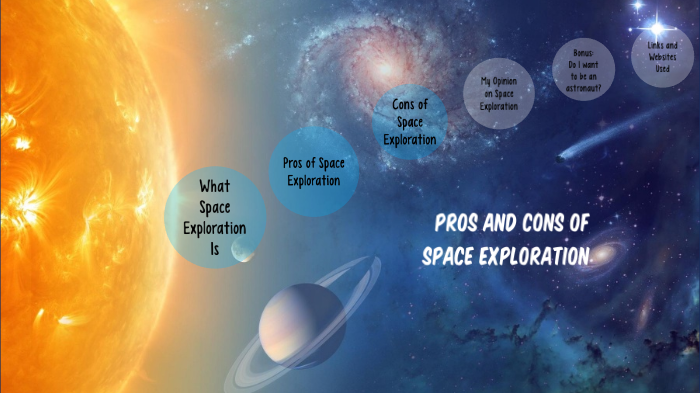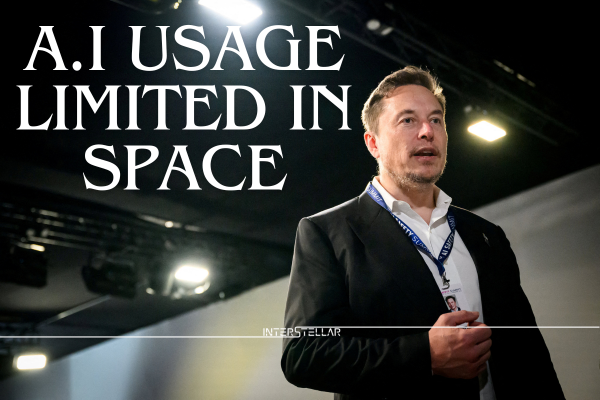
Space exploration presents a range of formidable challenges that impact both the feasibility and safety of missions beyond low Earth orbit. These limitations stem from technical, biological, and environmental factors that must be addressed to ensure successful exploration of destinations such as the Moon and Mars.
Technical Challenges

One of the foremost challenges in space exploration is the technological limitations of launch vehicles and spacecraft. Currently, many rockets require enormous amounts of energy to achieve escape velocity from Earth's gravitational pull, which can exceed 25,000 miles per hour. This high-energy requirement leads to significant costs and complexities in spacecraft design. For instance, a noteworthy example is the launch cost of the Mars Curiosity rover, which approached $200 million, highlighting the financial burden associated with launching heavy payloads into space. Furthermore, developing reusable rockets, like SpaceX's Falcon 9, is crucial for reducing costs over time by enabling multiple flights from the same hardware, although achieving this at scale remains a complex engineering challenge.
In terms of propulsion systems, current chemical-based fuels are inefficient for long-duration missions, presenting limitations in speed and fuel capacity. Spacecraft equipped with nuclear fusion or laser-powered propulsion systems, such as those conceptualized in the Breakthrough Starshot program, offer potential alternatives, but significant engineering breakthroughs would be necessary to make these viable for human transport.
Biological Limitations

Astronauts face several health risks during long-duration space missions that cannot be easily mitigated. One major concern is the impact of microgravity on the human body. Extended exposure to microgravity can lead to muscle atrophy, bone density loss, and cardiovascular deconditioning. Research indicates that bone loss occurs at a rate significantly accelerated compared to aging on Earth, which could impede astronauts' physical performance and health upon return.
Another critical health challenge is exposure to cosmic radiation, which is considerably higher outside Earth's protective atmosphere. This radiation poses long-term health risks, including an increased likelihood of cancer and other disease. Currently, proposed solutions include physical shielding, such as incorporating materials like hydrogenated boron nitride nanotubes (BNNTs) into spacesuits and habitats. However, the materials need further development to ensure they can effectively protect astronauts during long missions, especially to Mars where the radiation levels are more intense.
Psychological and Social Effects
Isolation and confinement on long missions can lead to psychological stress among astronauts. The social dynamics of small crews responding to extended periods of isolation can complicate mission success. Communication delays, especially during interplanetary missions, can exacerbate feelings of solitude and isolation, making effective team dynamics even more critical. NASA's studies highlight that the average communication delay with Mars can be between four to 24 minutes one way, leading to increased operational risks during emergencies.

To combat potential psychological stress, researchers are exploring methods to create artificial gravity environments and studying the effects of hibernation-like states during long spaceflights, which could mitigate conflict among crew members during transit. Moreover, crew selection processes are being examined to ensure a harmonious working environment when stress levels rise.
Environmental Obstacles

The environments of celestial bodies present their own significant challenges. For instance, landing on the Moon or Mars requires navigating hazardous terrain marked by craters and boulders, which complicates landing procedures and increases the risk of mission failure. Recent attempts by various nations to land successfully on the Moon have demonstrated that despite advances in technology, the difficulty of achieving a soft landing remains high.
On Mars, atmospheric conditions and gravity present unique challenges that complicate landing maneuvers for heavy payloads required for crewed missions. Current technologies used for landers and rovers may not be sufficient for larger human-carrying vehicles, necessitating further innovation.
Conclusion

In summary, while the ambition for space exploration ignites global interest and progress, significant limitations remain to be addressed. The technical hurdles related to rockets and propulsion methods, biological and psychological impacts on astronauts, and the harsh environments of potential destinations all compound the complexities involved in sending humans beyond Earth. Overcoming these challenges requires continued investment in research and development, fostering innovative solutions that ensure both the safety and success of future missions.
Get more accurate answers with Super Pandi, upload files, personalized discovery feed, save searches and contribute to the PandiPedia.
Let's look at alternatives:
- Modify the query.
- Start a new thread.
- Remove sources (if manually added).